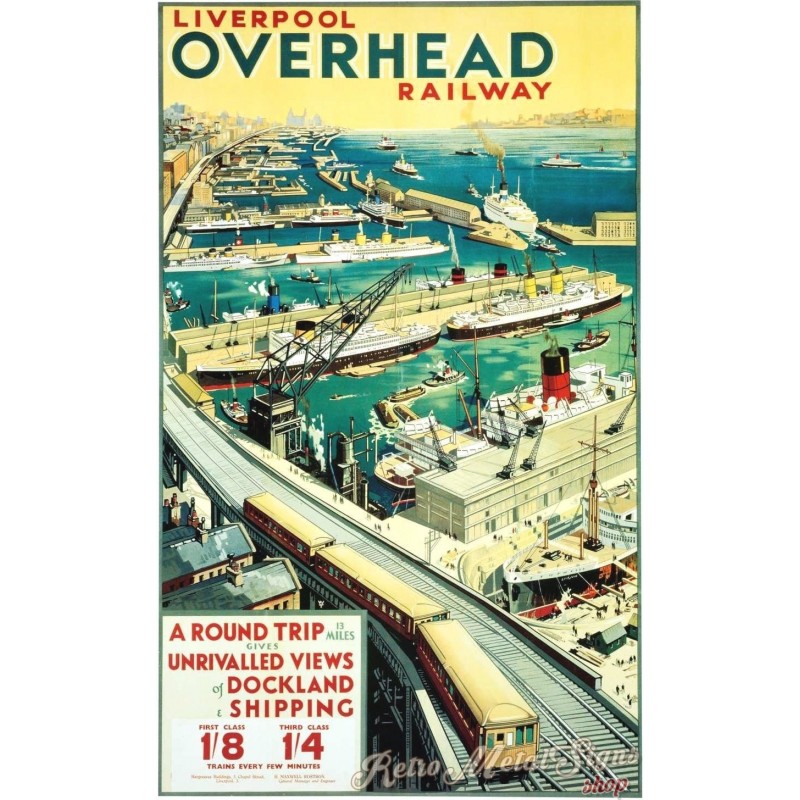CAN’T serious concerns over moving fans to and from Everton FC’s new 52,888 seat Bramley-Moore Dock stadium be simply resolved by building a new Liverpool Overhead Railway (LOR)?
The LOR idea has been floated for at least six years, yet nothing has been done for a looming problem which even primary school children doing a maths project could have easily resolved.
Shouldn’t the Metro Mayor Steve Rotheram, his team and Liverpool City Council have tackled this years ago when the stadium was first planned? Manchester City Council demanded that Manchester United include a tramway link on redeveloping its Old Trafford stadium. Did Merseyside politicians bother asking?
Instead, in Liverpool it’s been discovered in trial runs that Merseyrail’s Sandhills Station can’t cope with 10s of thousands of fans – surprise! Since then, a pedestrian bridge was suggested. Words like rearranging deckchairs and Titanic spring to mind.
Back in 2019, Michael McDonough, of CGI Fantasist website, said it’s “high time” for a debate on the future of Liverpool’s waterfront transport, creating some impressive CGI images of a new overhead rail system. Although the city’s waterfront was growing in both directions and there isn’t even a bus route connecting it all. Nothing has changed in half a decade.
The LOR is yet another much-lamented element of Liverpool’s urban landscape demolished in 1957, nicknamed ‘The Dockers’ Umbrella’. It ran above the Dock Road, built to shift dock workers en masse quickly between the docks. This is the same purpose required for the stadium albeit for leisure not work. There’s big tourism potential, too.
The LOR was the world’s first overhead electric railway opened in 1893 by the PM Lord Salisbury. This was a time when Liverpool really was a highly innovative, pioneering place, a byword for the much-quoted contemporary phrase ‘world class city’, which rings rather emptily today.
The technology is there – London Docklands Light Railway was opened in 1987 and carries 122m passengers a year and employs 860 staff. At 24 miles it’s almost five times longer than LOR’s five miles.
So doing the primary school maths, that means a new LOR could carry 24m plus passengers per annum and employ 170 staff. So, what’s the hold up?

